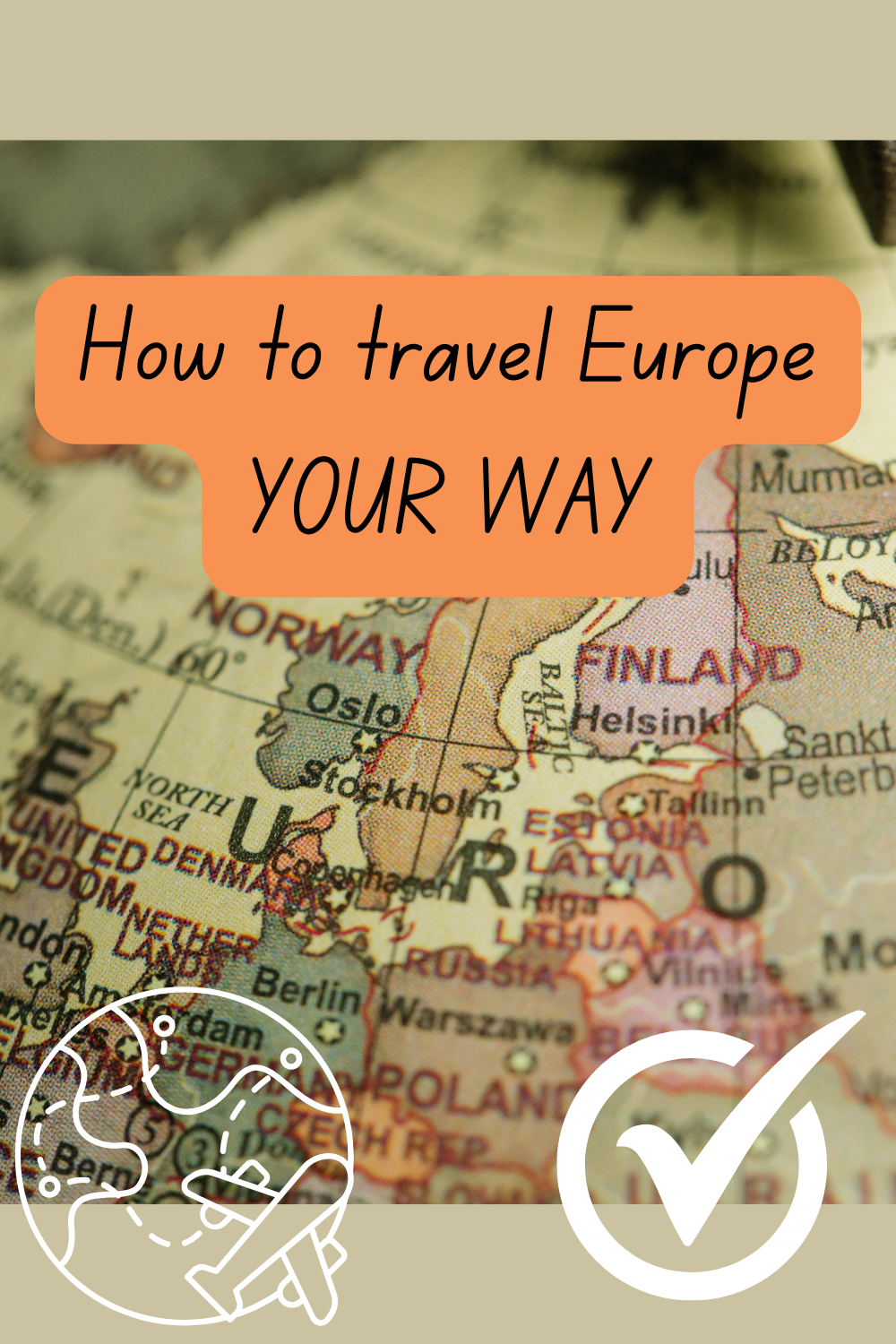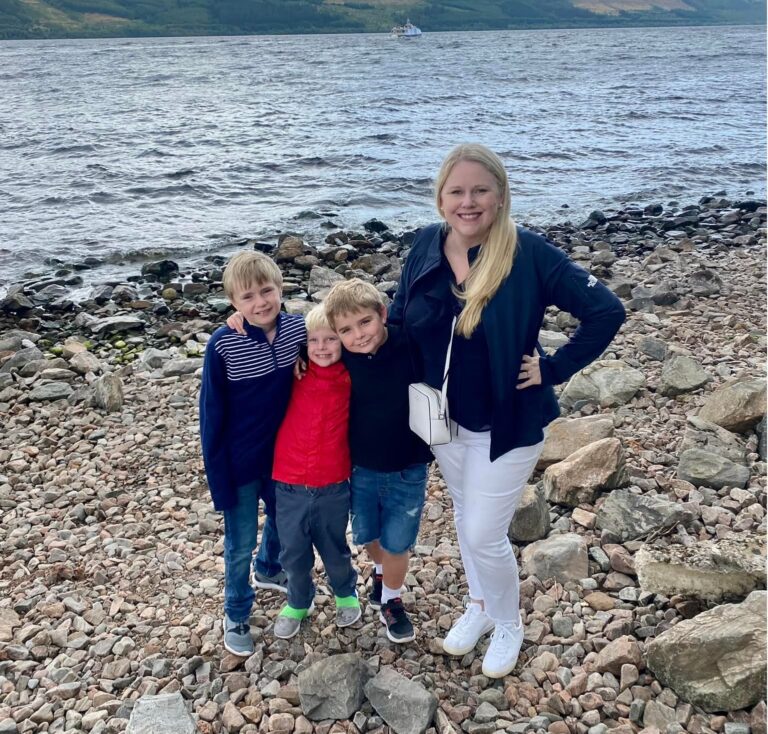We recognize that vacations are not just an investment, but often the highlights of our lives, and we take that responsibility seriously. We want to ensure you have the best vacation experience.
Interested in a job in travel? Click here to learn: How to Become a Travel Agent
Categories: Abbotsford
An extraordinary symphony in grey, almost everything in Aberdeen is built of granite - even the roads. When drenched with sun and rain, the silvery stone has a fairy-tale shine; when under a cloud it can be a wee bit depressing. Brimming with civic p...
Categories: Aberdeen
Categories: Arduaine
The old county of Argyll on and off the coast of western Scotland is a rewarding journey. Summers along the coast are cool and damp, and winters relatively mild but wet, with little snow. The major center of Gaelic culture for the district is Oban, a...
Categories: Argyll
Categories: Ayrshire
Ballater is a beautiful Victorian village rich in history. Located in the center of Royal Deeside in Cairngorms National Park, Ballater was originally founded to accommodate the many visitors to Pannanich Wells Spa in the early 19th century, and late...
Categories: Ballater
Categories: Bass Rock
Categories: Boreray
Braemar is an ancient village in Aberdeenshire in the Scottish Highlands, surrounded by woodland scenery, peaceful countryside, castles and whisky distilleries. Braemar is an important place of gathering every September for the world famous Highland ...
Categories: Braemar
Cairngorms National Park is the largest national park in the British Isles and expanding it even more in 2010 throughout the regions of Perth and Kinross. Mighty and majestic, this national park is filled with cascading waterfalls, ancient trees you ...
Categories: Cairngorms National Park
Whether you are a golfer visiting Scotland's North East playing two rounds of golf every day, or an a Scottish vacation and want to take some time to play golf, Scotland's North East has a wealth of attractions to offer, and especially in summer, the...
Categories: Carnoustie
Categories: Clydebank
Categories: Coll Island
Categories: Contin
The third-largest island in the Hebrides, Mull is rich in legend and folklore, a land of ghosts, monsters, and wee folk. The island is wild and mountainous, characterized by sea lochs and sandy bars. Mull was known to the classical Greeks, and its p...
Categories: Craignure (Isle of Mull)
Categories: Culzean Castle
The southwestern region of Dumfries and Galloway, Scotland, is notable for its quaint towns, picturesque scenery, good fishing, mild weather and a history of cattle rustling. Dumfries is 78 mi/125 km southwest of Edinburgh.The splendid fishing port o...
Categories: Dumfries and Galloway
Categories: Dunblane
Dundee is a City of Discovery. The city's textile heritage provides inspiration for one of its principal tourist attractions - Verdant Works. Its clean air renowned to be low in pollution and "sunshine hours" way up on many areas in the south - provi...
Categories: Dundee
Dominated by the ramparts of Edinburgh Castle, this picturesque city offers shopping on Princes Street, the grandeur of the Royal Mile, St. Giles Cathedral and historic Palace of Holyrood House, where Queen Mary lived and many Scottish kings were we...
Categories: Edinburgh
Elgin is an ancient Scottish town with breathtaking scenery located in the world-famous whisky region where visitors can enjoy a number of local distilleries and whisky trails. Be sure not to miss Elgin Museum, one of Britain's oldest museums, as wel...
Categories: Elgin
In the central lowlands of Scotland is the historical county of Falkirk (pronounced Fawkirk) where the legendary William Wallace fought, however lost, in this battle. Gaelic north-eastern Falkirk emerged in the time of the Industrial Revolution when ...
Categories: Falkirk
The 'Kingdom of Fife' in east central Scotland forms a peninsula with an area of 517 sq. miles jutting out into the North Sea with the Firth of Forth to the south and the Firth of Tay to the north. West Fife, between Dunfermline and Kirkcaldy, is the...
Categories: Fife
Categories: Flannan Isles
Forres is located on Scotland's Moray coast. Enjoy historical castles and monuments in town as well as many nearby attractions including golf and two distilleries.
Categories: Forres
At the southern end of the Great Glen, this area's main town is Fort William, a major and well-resourced touring and route centre for the West Highlands. The area also takes in the Highland landscapes between Loch Linnhe, the major sea-loch at the so...
Categories: Fort William
Categories: Fowlsheugh Nature Reserve
Categories: Garve
Categories: Girvan
Glasgow is Scotland's biggest city and major tourist destination, possessing some of Britain's finest architecture and hosting a variety of cultural events and attractions.
Glasgow has been described as the finest surviving example of a great Victo...
Categories: Glasgow
Categories: Grantown on Spey
Greenock - a town slightly west of Glasgow - has a waterfront surrounded by hills and is composed of a bustling industrial area and a residential area with a 19th-century flavor. Glasgow's top attraction, the Burrell Collection, was amassed by wealt...
Categories: Greenock
Categories: Gretna Green
Categories: Handa Island
Categories: Helensburgh
Covering most of the northern half of Scotland, The Highlands provide some of the most spectacular scenery in all the British Isles. The desolate and untamed splendor of moors, mountains and sea-lochs is interrupted only by crofting communities nestl...
Categories: Highlands & Islands
South of the border to Scotland, Holy Island is also known as Lindisfarne in Celtic, and is considered one of the holiest sites of Anglo-Saxon England. Irish monk, St Aidan, founded the Lindisfarne Monastery on Holy Island in 635 AD, and was a wealth...
Categories: Holy Island (Lindisfarne Island)
Holy Loch is located in Argyll and Bute, Scotland, and is a sea loch that was used as a submarine base in World War II.
Categories: Holy Loch
Scotland's Isle of Arran is a thriving island that has been described—with good reason—as "Scotland in Miniature." The Highland Boundary Fault bisects the island so its southern half is all rolling hills and farmland, and the north is a wild landscap...
Categories: Isle of Arran
Categories: Isle of Eriska
Categories: Isle of Mull
Categories: Isle of Mull (Fionnphort)
Categories: Isle of Raasay
Categories: Keith
Categories: Kilmarnock
Categories: Laggan Avenue
Categories: Livingston
Categories: Loch Broom
Categories: Loch Eriboll
Categories: Loch Fyne
Categories: Loch Hourn
Flowering trees and shrubs support a rich variety of wildlife in this idyllic setting of peace and relaxation. Linnhe has every facility you might need for your holiday in the Highlands of Scotland. Visitora can also visit Shuna Island, an islan...
Categories: Loch Linnhe
Loch Lomond is the largest fresh water Loch in the UK. The Loch is 24 miles long and five miles wide and at its deepest point is 600 feet deep. On the Loch there are some 38 Islands, some of them inhabited. Loch Lomond must be the world's most famous...
Categories: Loch Lomond
Categories: Loch Moidart
Categories: Loch Sunart
Categories: Loch Torridon
Categories: Lochinver
This fishing port in the Knoydart peninsula is also known as the "Road to the Isles". Mallaig is less than 2 centuries old and with decades of past left over, visitors can enjoy its rich history with modern accessibility.
Categories: Mallaig
Categories: Montrose
Categories: Mull of Kintyre
Categories: Old Man of Hoy
The Orkney Islands are different from mainland Britain and reflect the original 9th century Viking settlement. In addition to Norse heritage are remains of prehistoric monuments such as Stenness Standing Stones at Finstown. Steep-roofed stone houses ...
Categories: Orkney Islands
Categories: Outer Hebrides
Perthshire, the Ancient County of Perth Scotland, straddles the Scottish Highlands and Lowlands - glens, lochs, mountains and open spaces in the Breadalbane, Atholl & Balquhidder - rich farmland and market towns in Strathearn, Menteith & Gowrie. The ...
Categories: Perthshire (Perth)
Peterhead is a port in east Scotland, situated 20 miles north of Aberdeen on Scotland's North Sea coast. The town was founded in 1593 and grew with development of the local fishing industry, which was predominantly herring-based. At the beginning of ...
Categories: Peterhead
Categories: Rockall
Categories: Rousay
Categories: Roxburgh (Roxburghshire)
Categories: Scenic cruising Boreay and Stac Lee
As well as being a wonderful holiday destination the Highlands are home to a quarter of a million people living in communities spread throughout the area. From the vibrant city of Inverness to remote crofting communities and sparsely populated island...
Categories: Scottish Highlands
Categories: Scottish Isles
Categories: Scottish Isles Scenic Cruising
The Shetland Islands are Great Britain's most northerly islands, situated nearly fifty miles northeast of the Orkneys.
Categories: Shetland Islands
Categories: Shiant Islands
Categories: Skye Bridge
Sound of Mull is located in the western coast of Scotland, in the Atlantic Ocean. In these waters you will find old ruined castles, with beautiful mountains to be explored. It is home to one of the only artificial reefs located within Europe, and it ...
Categories: Sound of Mull
Categories: St. Abbs
St. Kilda is a volcanic archipelago belonging to western Scotland, and it is now one of the country’s World Heritage Sites. The island is home to some of the biggest sea cliffs in Britain, and is known for the abundance of wild life including birds. ...
Categories: St. Kilda Scotland
Categories: Stac Lee
Staffa is an island located in Argyll and Bute, Scotland. This is an island that commonly provides its visitors with sightings of wild life such as puffins, black-legged kittiwakes common shags, numerous seabirds, dolphins and pilot whales. Staffa al...
Categories: Staffa Inner Hebrides
The history of Stirling is rich with legends and events from the figure of William Wallace who fought and won the battle of Stirling Bridge in 1297 against an occupying English army to the Battle of Bannockburn where Robert the Bruce's defeat of anot...
Categories: Stirling
Categories: Stonehaven
Categories: Stranraer
Categories: Stroma
The Borders is Scotland with a difference. This once-turbulent region in southeastern Scotland, made famous through the novels of Sir Walter Scott, is a gentle blend of landscapes—fertile farmlands spreading beneath rolling hills. It's also drier and...
Categories: The Borders
Located off the northwest coast, the rugged, isolated and desolate Inner Hebrides are a wonderful glimpse of the old rural Scotland. If you visit, make sure you spend enough time to settle into the slow island rhythms—otherwise their subtle charms mi...
Categories: The Inner Hebrides
Categories: Troon
The Trossachs (which means "bristling country") was home to Scottish folk hero Rob Roy MacGregor and the setting of Robert Louis Stevenson's Kidnapped and Sir Walter Scott's Lady of the Lake. The scenery—hills and valleys—and alpine ambience are remi...
Categories: Trossachs Region
Categories: Urquhart Castle
Categories: Wemyss Bay
Categories: Wester Ross
Scotland's Western Isles, also known as the Outer Hebrides, are beautiful, treeless, windswept islands with a mountainous spine, in an area where the land seems to blend with the water in countless lochs, rivers, inlets and pools. Located off the nor...
Categories: Western Isles



































